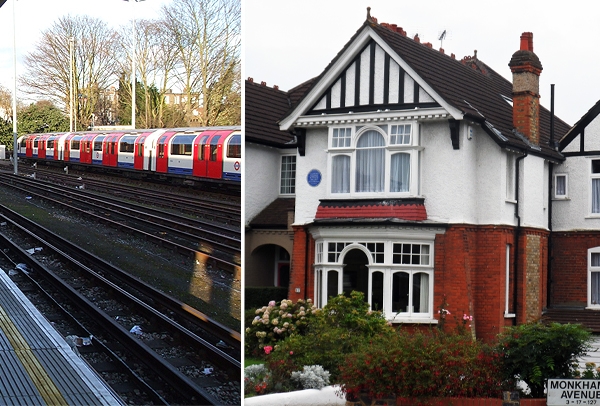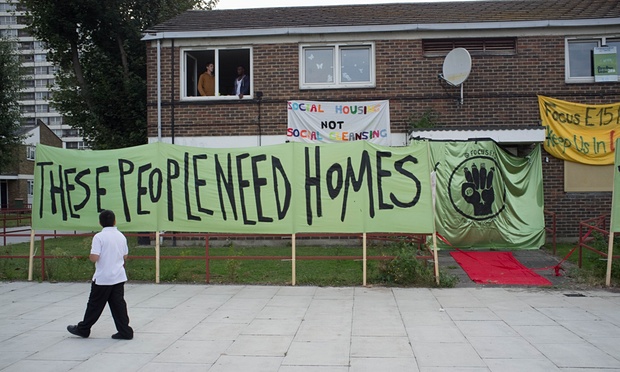Top 10 Tube Stations for House Hunters
First time buyers and young families in London are moving their search for a home to areas around Tube stations in zones 3 and 4, according to data on the capital’s Underground network by online estate agent, eMoov.
Demand for properties near East Ham Tube station is increasing at the fastest rate of anywhere within the network, growing by 26% in the last six months. Buyers are attracted to strong transport links, including the District and Hammersmith & City lines, and good value homes.
A solid selection of Victorian properties and flat conversions is appealing to those unable to buy in nearby Hackney and Walthamstow, says Abdul Moqtadir, a sales negotiator at Bairstow Eves estate agent in East Ham.
One-bedroom flats are available in the area for around £170,000 and Victorian family houses can be snapped up for under £400,000.
Moqtadir states: “Demand certainly exceeds supply. Newham is one of London’s poorest boroughs, but thanks to the Olympics, it is now on the radar of buyers from all over London and of course, the council is investing in infrastructure. It’s an exciting time; over the next five years, the area is going to change a lot.”1
The top ten Tube stations for buyers
|
Position |
Tube station | Increase in demand | Average house price | Annual house price increase |
Average one-bed flat price |
| 1 | East Ham | 26% | £296,264 | 6.34% | £173,059 |
| 2 | Woodford | 25% | £503,916 | 5.27% | £255,889 |
| 3 | Upminster Bridge | 23% | £406,728 | 5.23% | £183,333 |
| 4 | Colliers Wood | 22% | £386,579 | 3.06% | £370,000 |
| 5 | Chesham | 22% | £428,430 | 6.52% | £209,990 |
| 6 | Upton Park | 22% | £316,569 | 6.34% | £227,700 |
| 7 | Barking | 19% | £262,337 | 7.71% | £159,540 |
| 8 | Barkingside | 19% | £351,624 | 3.6% | £192,498 |
| 9 | Walthamstow Central | 19% | £384,812 | 5.29% | £279,975 |
| 10 | Stratford | 19% | £355,201 | 6.29% | £356,745 |
Demand has risen by 25% in Woodford, zone 4 on the Central line.
Senior property consultant at Hetheringtons, Richard Harman, explains: “This area is popular with families selling in zones 1-3, who are looking to get more house for their money within the catchment areas of reputable state and private schools.”1
However, many first time buyers priced out of this area are instead looking to Barkingside, where starter homes cost an average of £192,498, around £60,000 cheaper than in Woodford. Fortunately, Barkingside is still on the Central line in zone 4.
Stations in East London account for eight out of the ten fastest growing areas. eMoov’s founder, Russell Quirk, says that good transport links on the Jubilee and Central lines and the development of the Crossrail service are attracting buyers.
He adds: “Strong demand for these areas should remain due to the improving transport infrastructure, as well as the affordability of property when compared to the rest of the capital.”1
Tightly packed streets of Victorian terraces in Upton Park mean that new developments have not been possible, causing difficulty for buyers on a budget. However, football could soon change this.
Research Director at Hamptons International, Johnny Morris, says: “West Ham’s move from Upton Park to the Olympic Stadium at the end of this season will mark the first opportunity to build new homes in the area for over a generation.”1
Other popular areas with first time buyers in East London include Walthamstow in zone 3, where the Victoria line is being upgraded and Barking in zone 4, where the Overground is due for extension.











